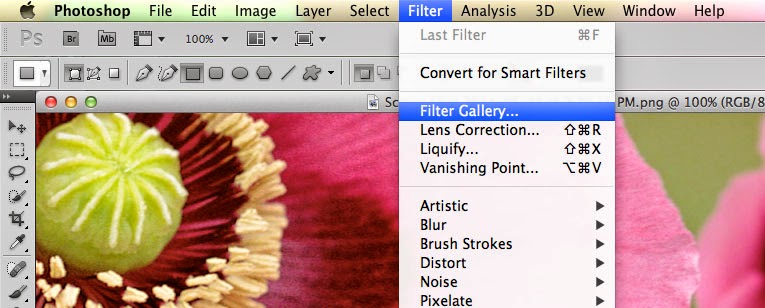 For the first time in more than two years, Instagram has released new filters for us to go gaga over. Now, 300-million photographers have five new ways to make their photos look fabulous. Sorry, Kelvin filter, you get no love, still.
For the first time in more than two years, Instagram has released new filters for us to go gaga over. Now, 300-million photographers have five new ways to make their photos look fabulous. Sorry, Kelvin filter, you get no love, still.Filters are what have made Instagram a delight to use; they enable us to make our mundane photos look professional and aesthetically pleasing with stylish tones and artsy style.
Per the usual deal, the filters have names that do not make a whole lot of sense, unless you know the mentality behind the creators. Right now, the filters are unknown but soon enough, they will be as known as the other filters. We will be able to look at a friends picture and say, "Yup, that's the slumber filter, alright."
So what are these filters?
Crema. The crema filter delivers a smooth, creamy, luxurious look. The designers over at Instagram named it that because it does just what we think it would do from the name- it gives a warm, yet cool effect to the image.
 Ludwig. The Ludwig filter gives us a minimalistic design and look that is done via taking colors away while enhancing light in the photo. It was named after the famous architect Ludwig Mies van der Rohe who is known for the "less is more" mentality.
Ludwig. The Ludwig filter gives us a minimalistic design and look that is done via taking colors away while enhancing light in the photo. It was named after the famous architect Ludwig Mies van der Rohe who is known for the "less is more" mentality.
Perpetua. This filters gives photos an organic, earthy look via utilizing green and blue hues. It was named after the Cape Perpetua forest in Oregon.
 Slumber. No, this one will not put you to sleep; rather, it will give your photos a vintage look with some desaturation and haze. If your photo has lots of blacks and blues, it will look even better.
Slumber. No, this one will not put you to sleep; rather, it will give your photos a vintage look with some desaturation and haze. If your photo has lots of blacks and blues, it will look even better. Aden. This one is reminiscent of pastels and works beautifully with portraits and photos that have some harsh light. No knowledge of why it was named Aden, though.
Aden. This one is reminiscent of pastels and works beautifully with portraits and photos that have some harsh light. No knowledge of why it was named Aden, though.
These new filters seem very cool. As a Chicago graphic design company, we tend to use Instagram a lot for showcasing work and think these filters will do a great job.
Our Chicago photography studio team is excited about them as well. If you are a highly visual business, then consider using Instagram, especially with these filters out; they will help your social media marketing go to a new level.
Need a professional graphic designer to help your business look as good as the new Instagram filters? Then contact Intagraphix, a Chicago graphic design agency.








































